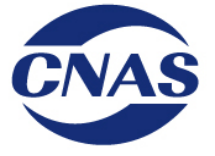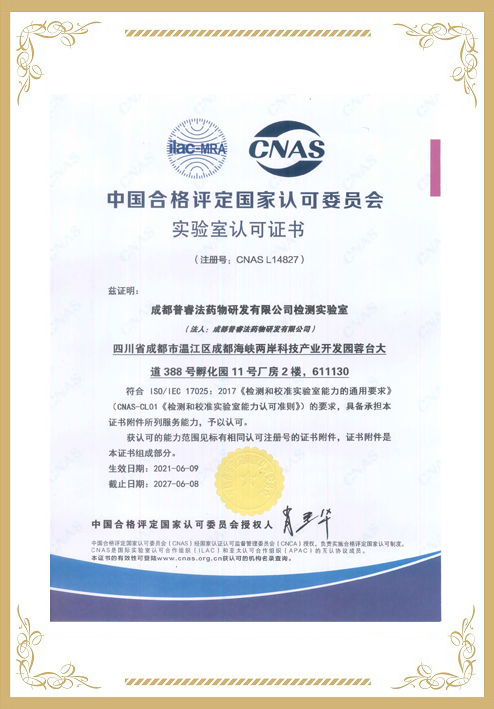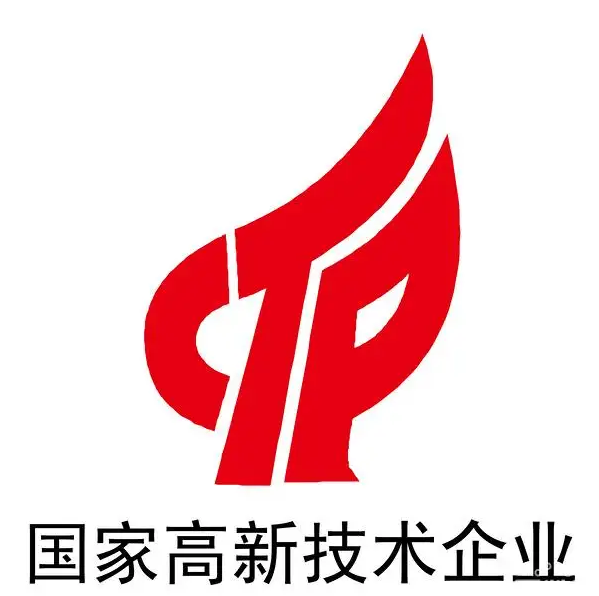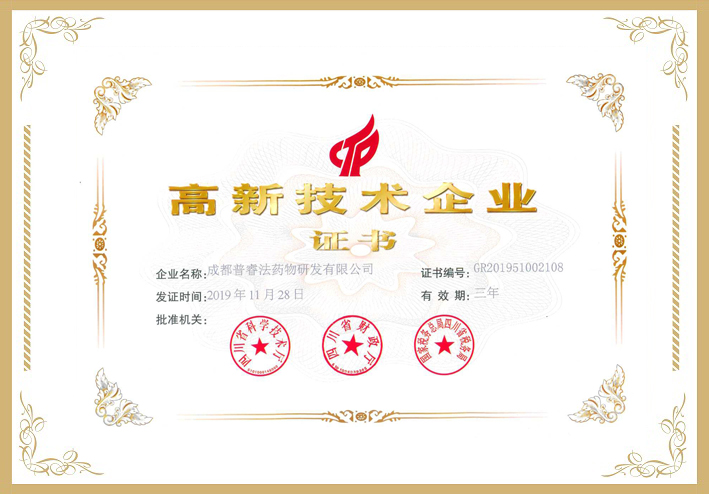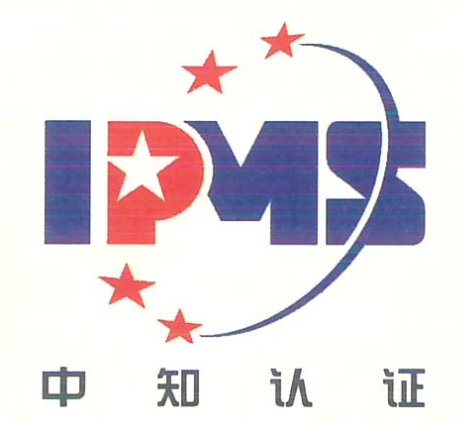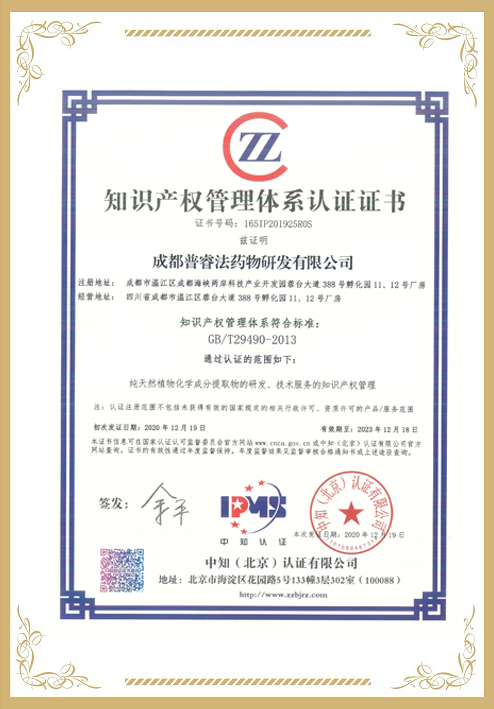The main active components of Panax ginseng are ginsenosides. Ginsenoside Rb1 and Rg1 are accepted as marker substances for quality control worldwide. The analytical methods currently used to detect these two compounds unfairly penalize steamed and dried (red) P. ginseng preparations, because it has a lower content of those ginsenosides than white ginseng. To manufacture red ginseng products from fresh ginseng, the ginseng roots are exposed to high temperatures for many hours. This heating process converts the naturally occurring ginsenoside Rb1 and Rg1 into artifact ginsenosides such as ginsenoside Rg3, Rg5, Rh1, and Rh2, among others. This study highlights the absurdity of the current analytical practice by investigating the time-dependent changes in the crude saponin and the major natural and artifact ginsenosides contents during simmering. The results lead us to recommend (20S)- and (20R)-ginsenoside Rg3 as new reference materials to complement the current P. ginseng preparation reference materials ginsenoside Rb1 and Rg1. An attempt has also been made to establish validated qualitative and quantitative analytical procedures for these four compounds that meet International Conference of Harmonization (ICH) guidelines for specificity, linearity, range, accuracy, precision, detection limit, quantitation limit, robustness and system suitability. Based on these results, we suggest a validated analytical procedure which conforms to ICH guidelines and equally values the contents of ginsenosides in white and red ginseng preparations.
















